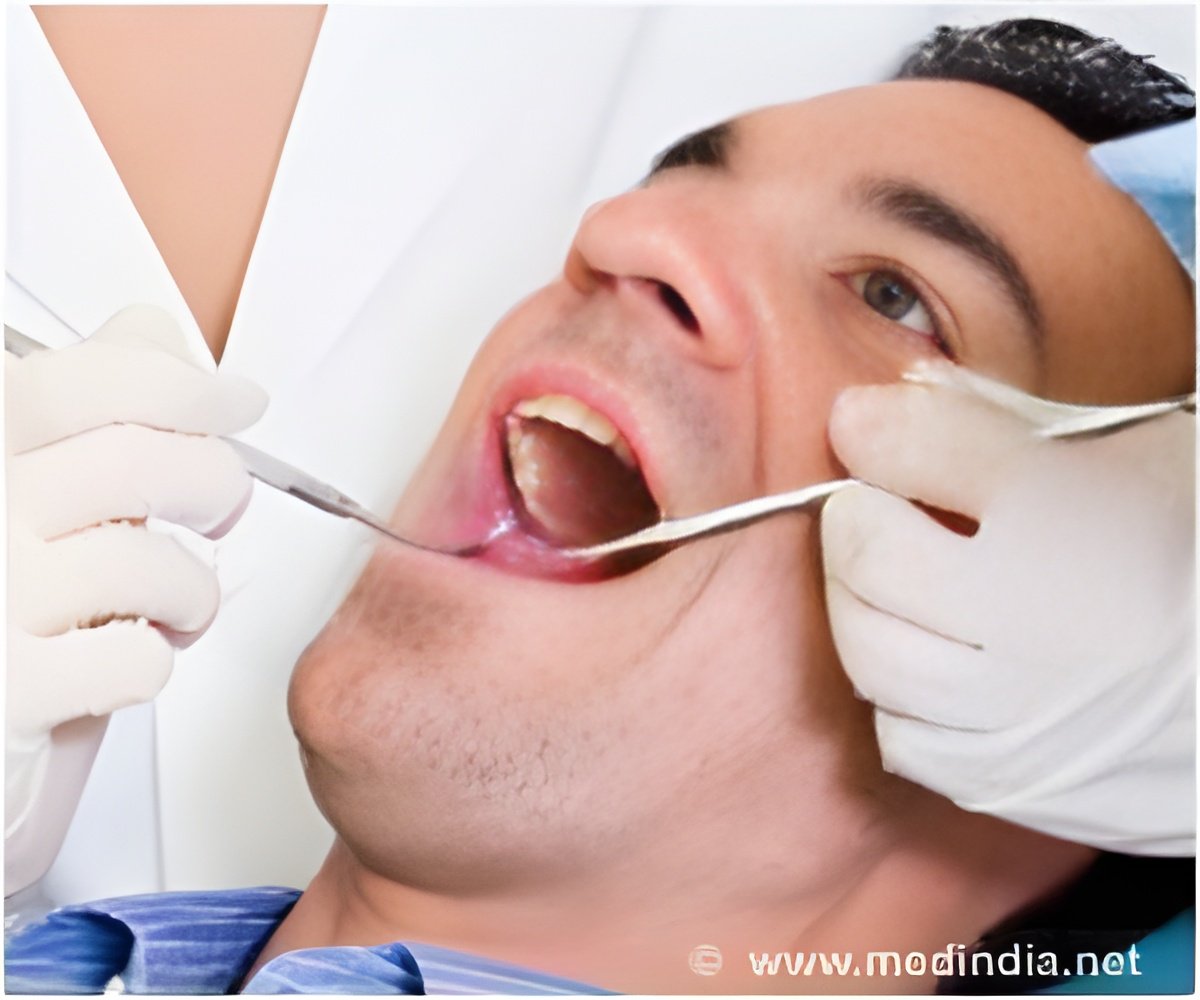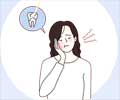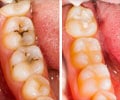Acute coronary syndrome is 2.7 times more common among patients with untreated teeth in need of root canal treatment than among patients without this issue.

‘Periodontitis, an inflammatory disease affecting the tissues that surround the teeth, causes low-grade inflammation and is regarded as an independent risk factor for coronary artery disease and diabetes.’





"Acute coronary syndrome is 2.7 times more common among patients with untreated teeth in need of root canal treatment than among patients without this issue," says researcher John Liljestrand. The study was carried out at the Department of Oral and Maxillofacial Diseases of the University of Helsinki, in cooperation with the Heart and Lung Centre at Helsinki University Hospital. Its results were published in the latest issue of the Journal of Dental Research.
Dental root tip infections have been studied relatively little in this context, even though they appear to be connected with low-grade inflammation as well.
The study consisted of 508 Finnish patients with a mean age of 62 years who were experiencing heart symptoms at the time of the study. Their coronary arteries were examined by means of angiography, and 36 percent of them were found to be suffering from stable coronary artery disease, 33 percent were undergoing acute coronary syndrome, and 31 did not suffer from coronary artery disease to a significant degree. Their teeth were examined using panoramic tomography of the teeth and jaws, and as many as 58 percent were found to be suffering from one or more inflammatory lesions.
The researchers also discovered that dental root tip infections were connected with a high level of serum antibodies related to common bacteria causing such infections. This shows that oral infections affect other parts of the body as well. The statistical analyses took account of age, gender, smoking, type 2 diabetes, body mass index, periodontitis and the number of teeth as confounding factors.
Advertisement















